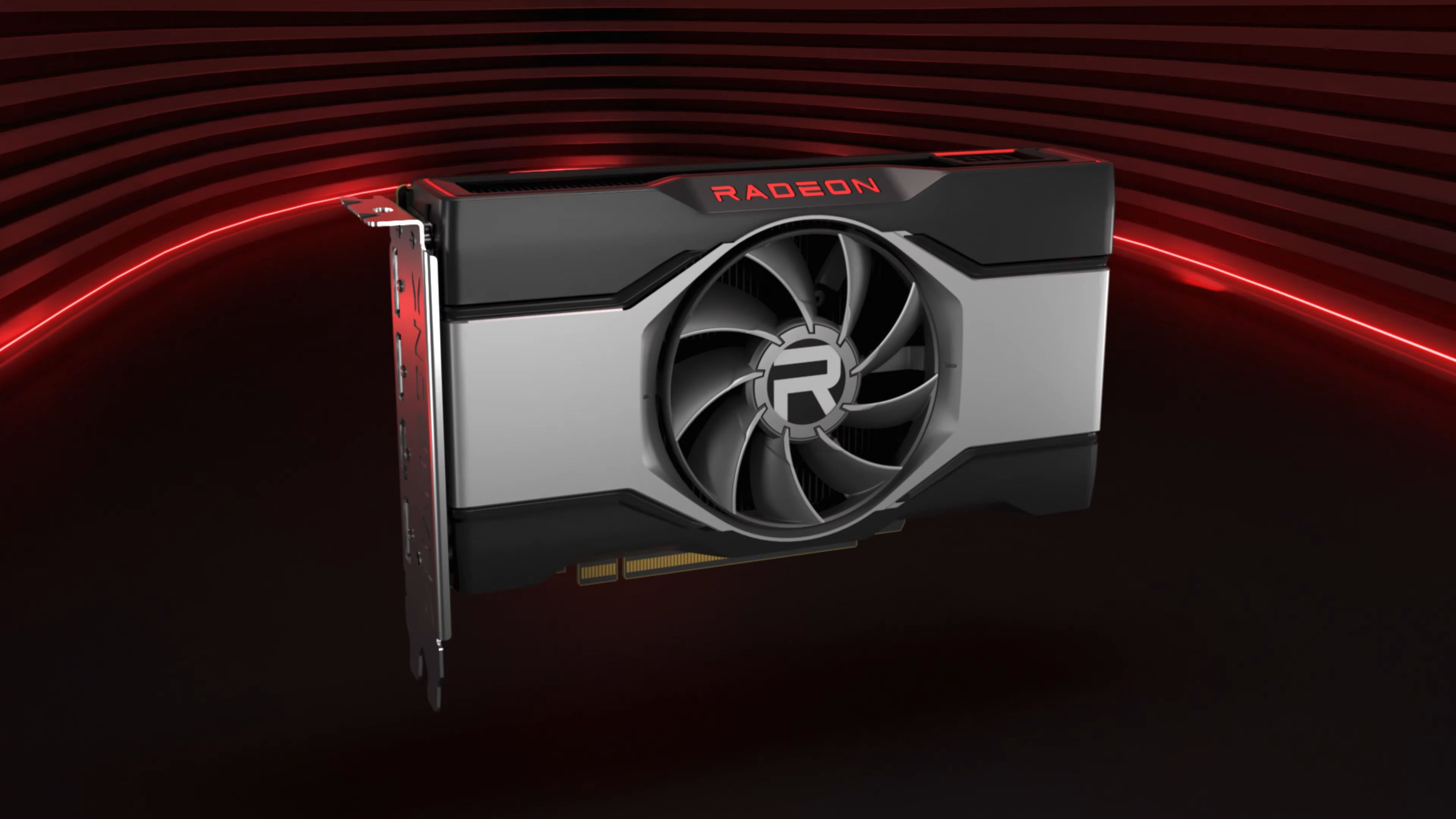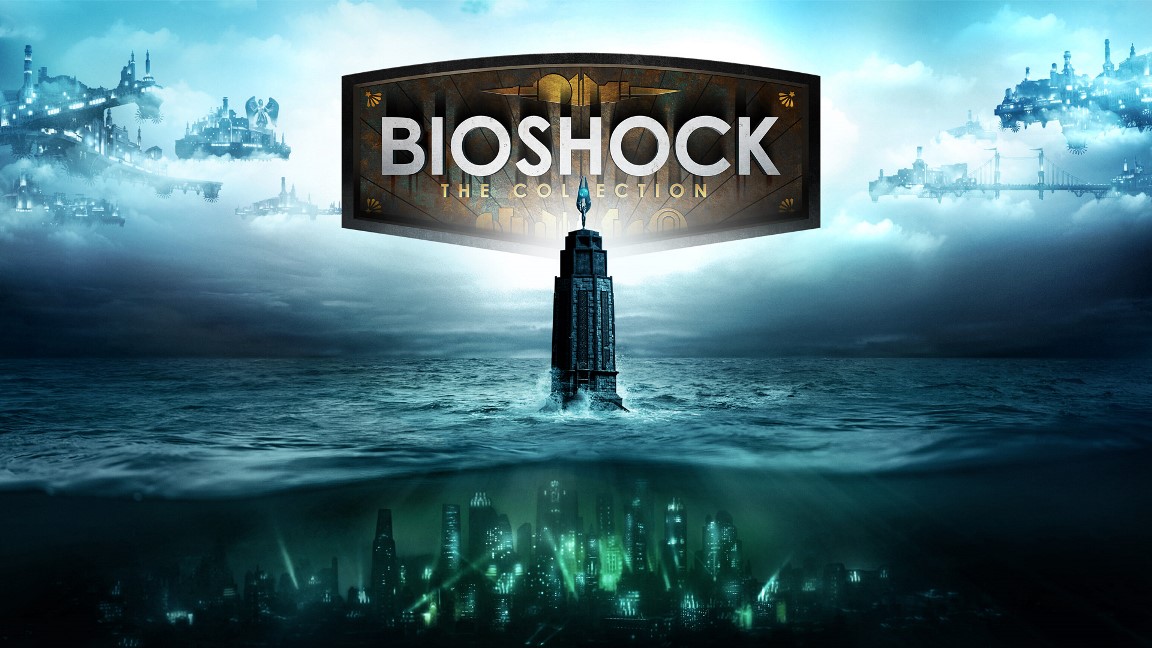I think you’re talking about Oodle and its Kraken and new Texture tools.
First, the good news:
Nintendo is likely fully aware of this solution, as is everyone else.
The bad news is the thing that
maybe sets PS5 apart is that they developed a separate I/O controller that has Oodle hardware acceleration. I can’t say if any other hardware maker has done this, someone else may be able to chime in.
In addition, Sony and MS, with the move to SSDs, have eliminated the necessity for duplicated data in a software package for easier read access, which has already allowed for diminished software package sizes. With hardware acceleration, Sony is able to achieve both lower package sizes AND a speed boost with data loading.
Since this tech is no secret, whether or not this hardware acceleration is in Dane is going to be up to Nintendo and Nvidia to implement. But it does not completely resolve the speed issue with game cards, SD cards or even the internal eMMC, though it would absolutely be a big help.




